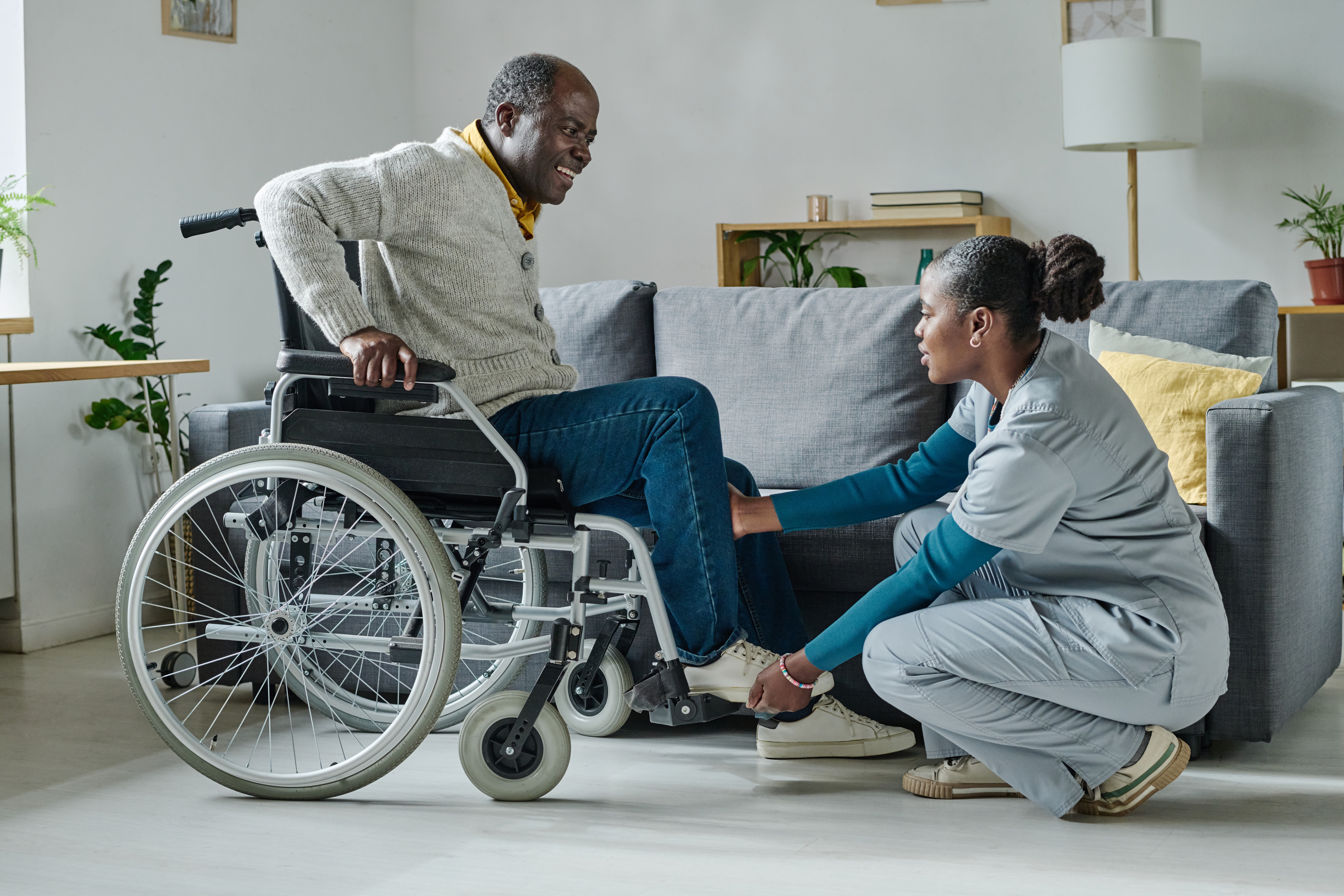-
Your Trusted Telehealth Provider
- +234903 777 5733



Frequently Asked Questions
The term "telemedicine" describes the use of communications technology to provide medical treatments remotely. It eliminates the need for in-person consultations by enabling people to speak with healthcare providers over the phone or via video calls.
Typically, telemedicine platforms feature secure voice or video conferencing between patients and medical professionals. Through telemedicine, patients can set up consultations, talk about their symptoms or concerns, obtain medical advice, and even get prescriptions.
For many common diseases, studies have shown that telemedicine can be just as beneficial as in-person consultations. Healthcare professionals will decide the best course of action in specific circumstances where a physical examination may be required.
Some key benefits of telemedicine include:
- Convenient access to healthcare from anywhere, especially for individuals in remote areas or with limited mobility.
- Reduced travel time and expenses.
- Faster access to healthcare professionals and timely medical advice.
- Lower risk of exposure to contagious diseases, especially during pandemics.
Various non-emergency medical ailments, such as cold and flu symptoms, minor accidents, skin conditions, mental health consultations, managing chronic diseases, scheduling follow-up appointments, managing medication, and more, can be treated with telemedicine. However, some illnesses might need to be seen or treated in person.
Platforms for telemedicine place a high priority on patient privacy and use secure technology to guarantee the privacy of medical data. The transfer and storage of patient data is secured using encryption and other security procedures.
It is advisable to contact your insurance provider.
You normally need a smartphone, tablet, or computer with a steady internet connection, a camera, and a microphone to use telemedicine services.
Telemedicine is typically not appropriate for emergencies that call for quick, on-site medical care. It is advised to call emergency services or go to the closest emergency room in an emergency.